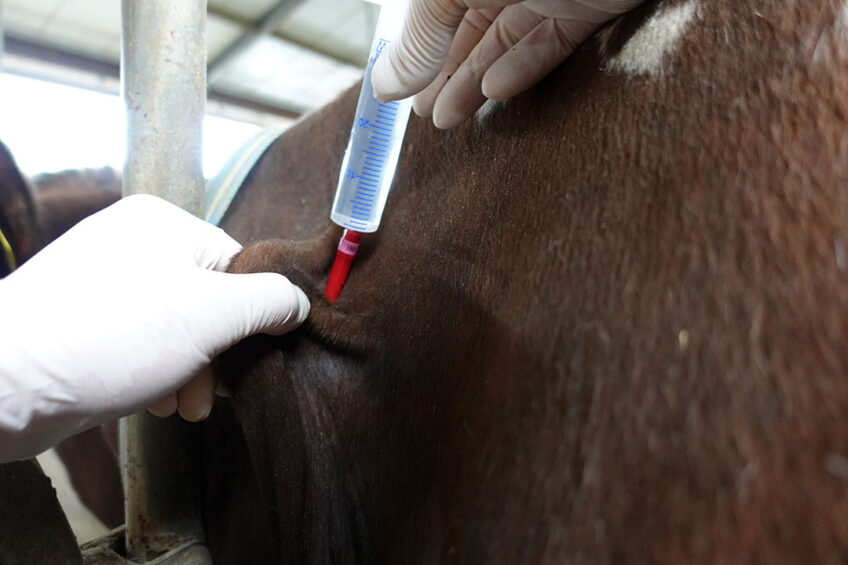Antimicrobial use in UK dairy herds – latest findings

Antimicrobial use in dairy herds examined in a major UK survey has shown that a quarter of dairy farms sampled are responsible for nearly half of the sector’s total antimicrobial use.
The latest Antimicrobial Focus report from Kingshay, which included data from 1,044 dairy farms, found individual herd antimicrobial use ranged from 0.26 to 87.17 mg/kg PCU in the year to March 2022.
Average use was slightly higher at 15.9mg/kg PCU compared to 15.5mg/kg PCU the previous year but down from 21.7mg/kg PCU in 2018.
Encouragingly, the report shows almost 3-quarters (or 69%) of the herd using fewer antimicrobials than Kingshay’s benchmarking target of 17.9 mg/kg PCU, which was calculated based on a 15% reduction of RUMAs (Responsible Use of Medicines in Agriculture Alliance) 2020 target of 21mg/kg PCU.
More effort to reduce antimicrobials
Kingshay and Westpoint Farm Vets senior clinical director and report co-author, Tim Potter, said the findings showed the need for a more bespoke approach to reducing antimicrobial use on farms: “Early wins have been made in terms of refining antimicrobial usage on farm but continued effort and further changes are required to reduce the usage further.”
“A proportion of herds – the highest 25% of antimicrobial users – are accounting for a large amount of usage, so vets and advisors need to be really specific about targeting those high-use farms and working with them to make further progress,” added Potter.
The report shows that if the highest quarter cut their usage by just a third, overall average herd usage would reduce to 13.3% mg/kg PCU and 79% of herds would then fall below the target of 17.9mg/kg PCU.
Christina Ford, Kingshay antimicrobial product owner and fellow report co-author, added that data showed higher antimicrobial use in the north, Wales and Scotland, compared to southern regions of England: “The regional variation is interesting, but further work is required to understand what is driving this.”
Injectables are the most used antimicrobial route
The report highlights that injectables remain the most used antimicrobial route of administration on dairy farms – highlighting an area for improvement going forward: “Injectables account for 70-76% of usage, irrespective of whether the farm is a high or low user of antimicrobials.
“They are generally used for sick cow management, so there’s real value in people regularly reviewing their treatment protocols with their vets to ensure they are using the right products. Regular reviews can also help identify potential management changes such as improvements to buildings, disinfection protocols and nutrition, or the introduction of vaccination programmes that could help reduce the need for antimicrobial treatments in the first place,” added Potter.
*The Kingshay report can be found here.






